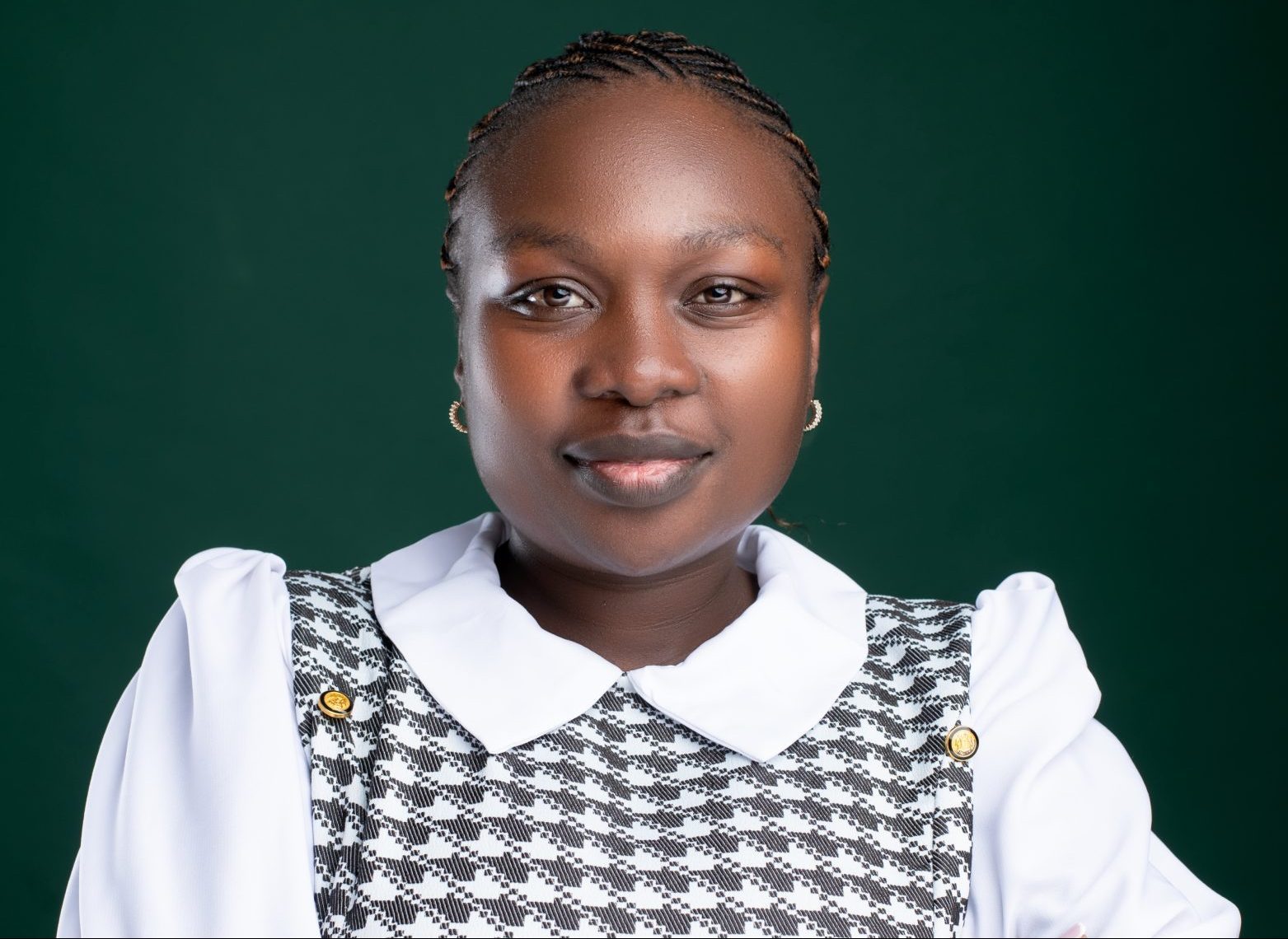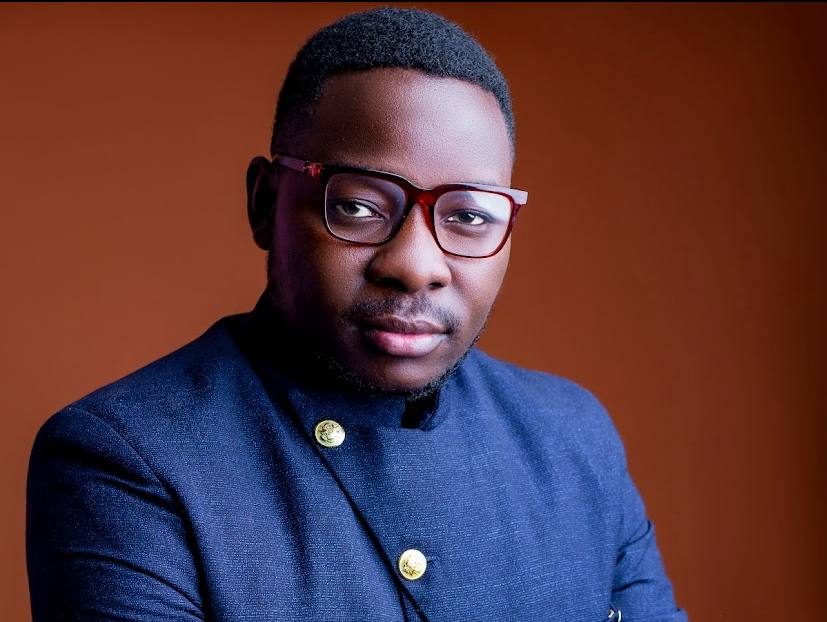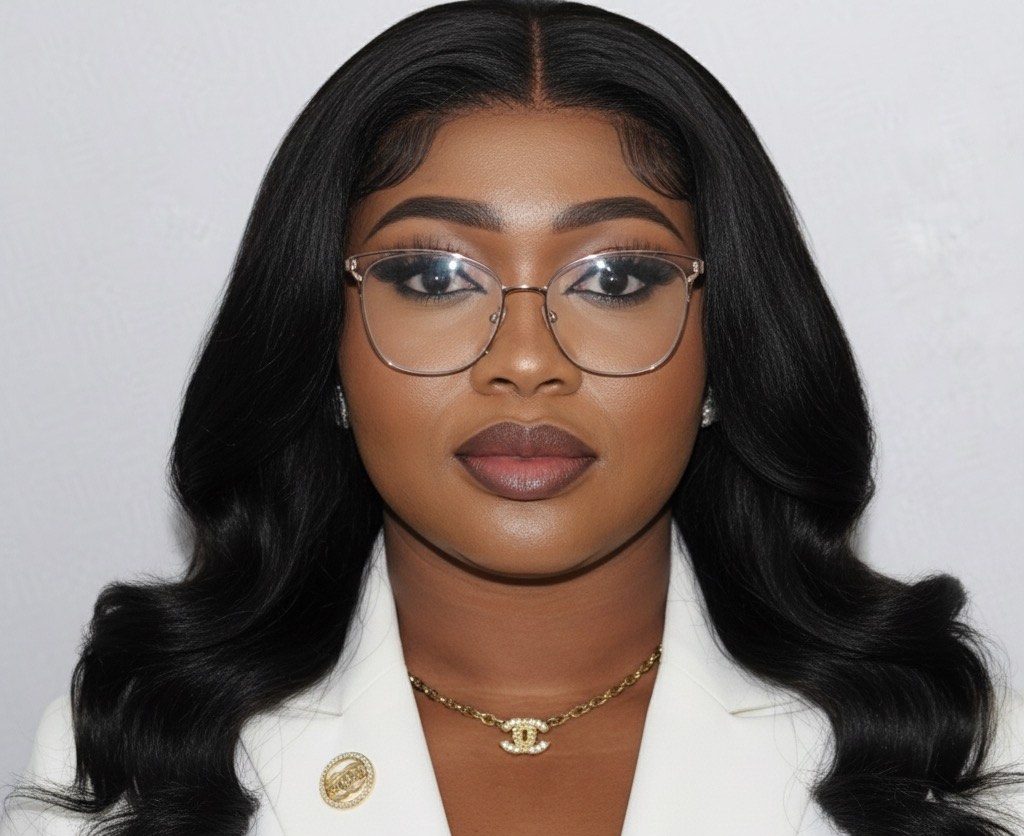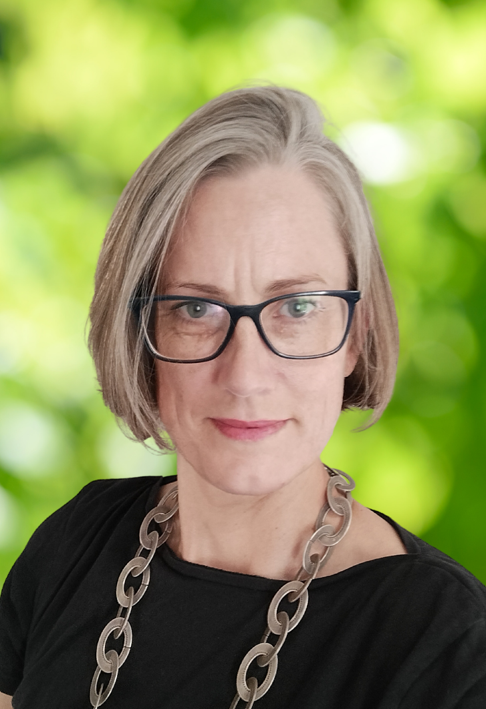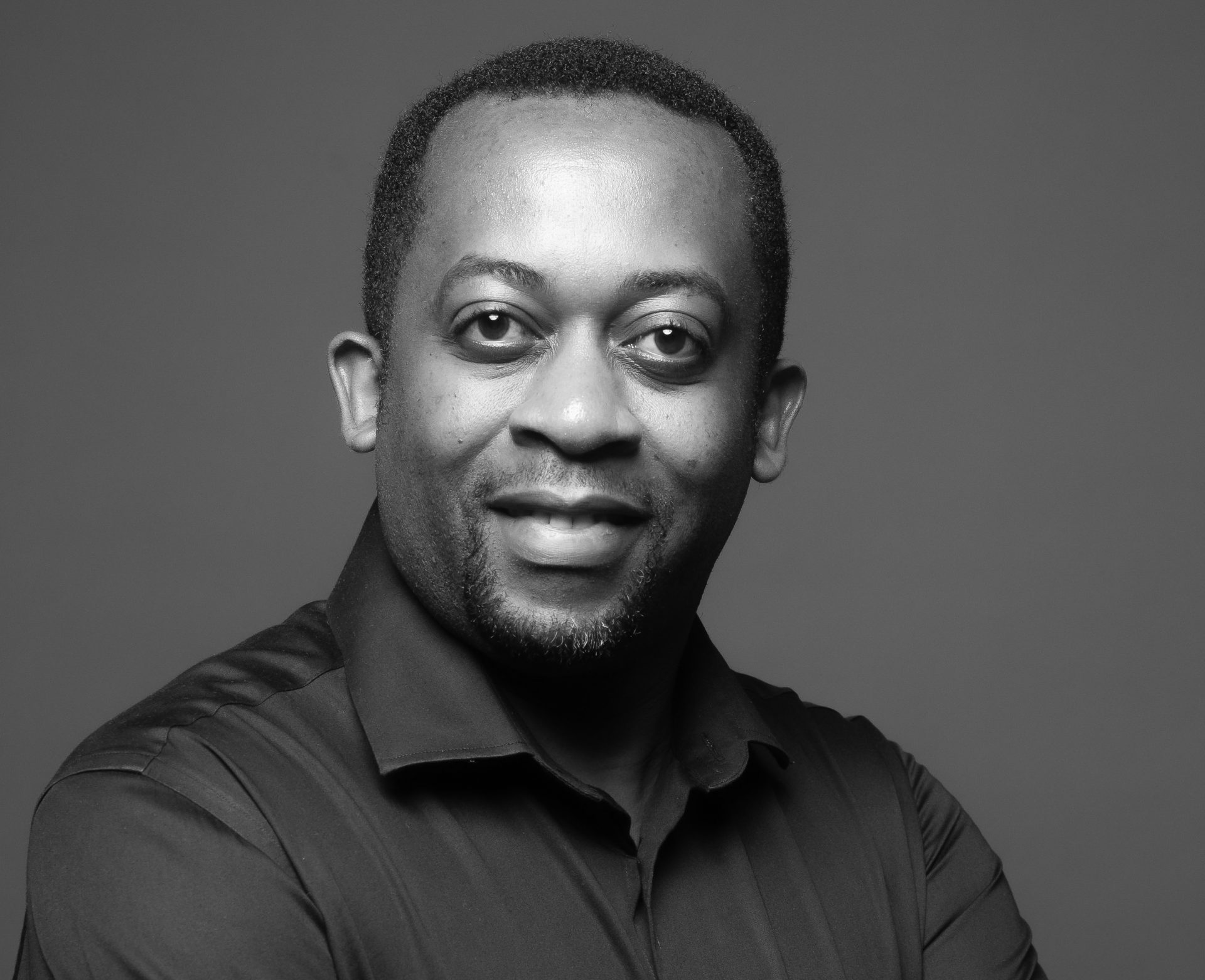One word that aptly describes Naomi Senda’s career journey so far is passion. Her initial plan was to be a TV or radio presenter however, her perspective shifted after an internship opportunity. Naomi is driven by a simple discovery she made 12 years ago; the realisation that storytelling could be a tool for social change. Currently, she works as a Global Communication and Policy Strategist, standing at the intersection of ideas, the technicality of policy, and people. Her interview with us a beautiful reminder of the power behind stories and how communicators can truly impact the world around them.
How did you get started in the field of Communications?
For as long as I can remember, I’ve always loved telling and listening to great stories. This passion took a formal direction when I pursued a degree in Communication and Media Technology at Maseno University, where I majored in Broadcast Media. At the time, I envisioned myself as a TV or radio presenter hosting conversations and bringing stories to life on air.
However, during my first internship with the communications team of a community development project in Western Kenya, my perspective shifted. I discovered Development Communication, and with it came the realisation that storytelling could be a tool for social change. I experienced how storytelling and documentation could amplify community voices and support non-profit initiatives in driving tangible socio-economic transformation.
Twelve years later, that discovery still defines my work. I’ve built a career in development communications, crafting strategies, shaping narratives, building thought-leadership and leading campaigns around gender justice, climate action and resilience, global health, and philanthropy.
Along the way, I’ve also explored other creative spaces like leading communications for the Kenya Fashion Awards in 2017. It was a refreshing, unrestrained experience of creativity that affirmed to me that, at its core, communication is about connecting with people’s hearts, realities and aspirations.
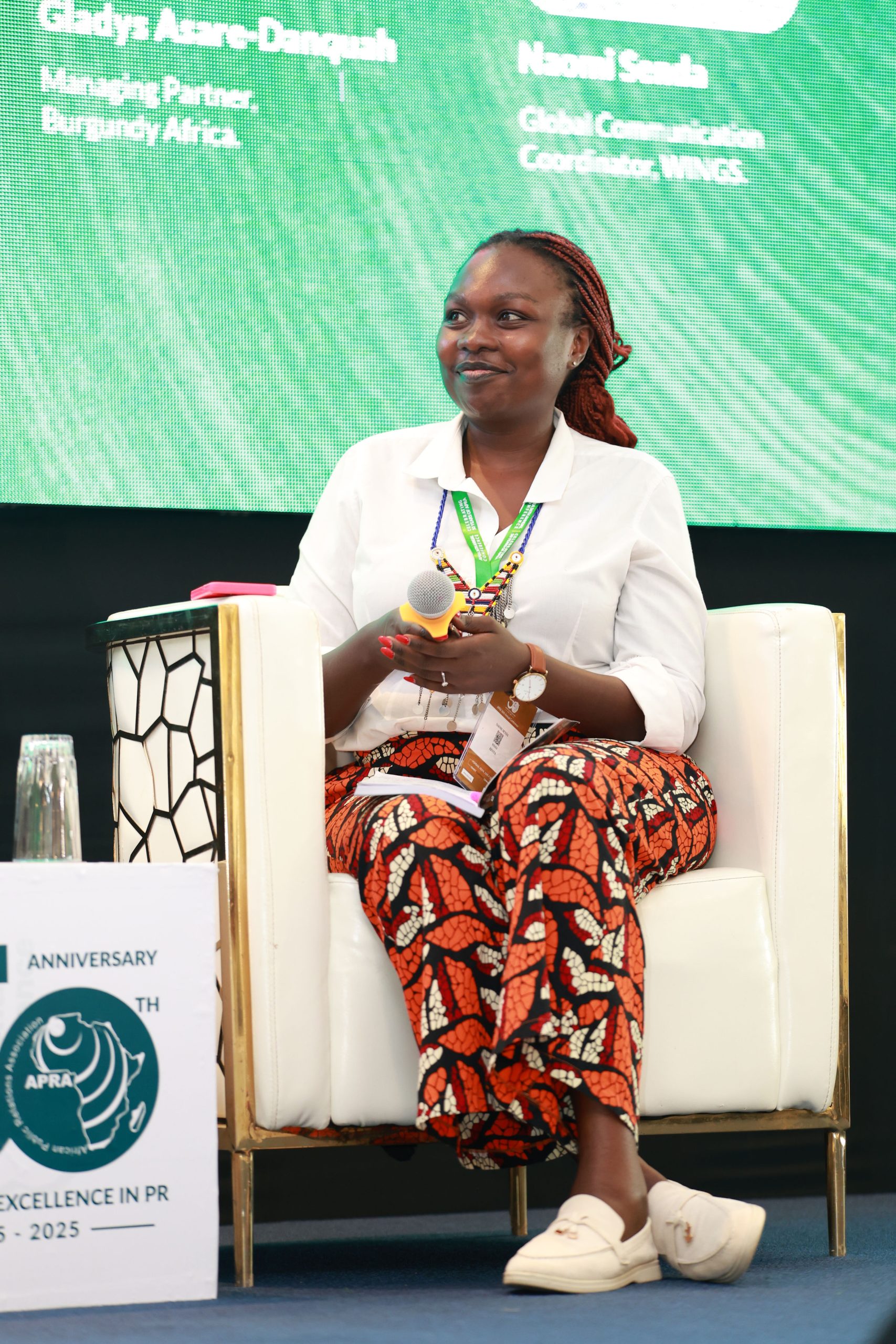
Tell us about your work as a Global Communication and Policy Strategist.
Being a Global Communication and Policy Strategist means standing at the intersection of ideas, the technicality of policy, and people. I use communication tools and processes tactically to promote sustainable socio-economic growth, address global challenges, amplify the voices of vulnerable communities, and bridge the gap between policy and impact by creating understanding and influencing decision-makers.
For organisations, my work often begins with a communication audit; understanding where they are versus where they aspire to be. This is followed by audience and sentiment analysis to gauge how people perceive their story. I then engage teams across departments to understand their strategic objectives and map out how communication can collaborate with different workstreams to help achieve them.
From there, I develop tailored communication strategies and work plans that bring the envisioned results to life. I have done this for non-profits and campaigns on climate justice, women’s unpaid care work, sexual and gender-based violence, women’s land rights, childhood vaccine hesitancy, global health financing, and philanthropy for sustainable development.
Admittedly, it’s a lot of work, but it’s work I truly respect. There’s something magical about bringing ideas to life and collaborating with both technical minds and creative geniuses to shape narratives and deliver campaigns that make a difference.
Along the way, I’ve had the privilege of leading teams and mentoring brilliant communication practitioners. Watching them grow in skill, confidence, and influence has been one of the most fulfilling parts of my journey.
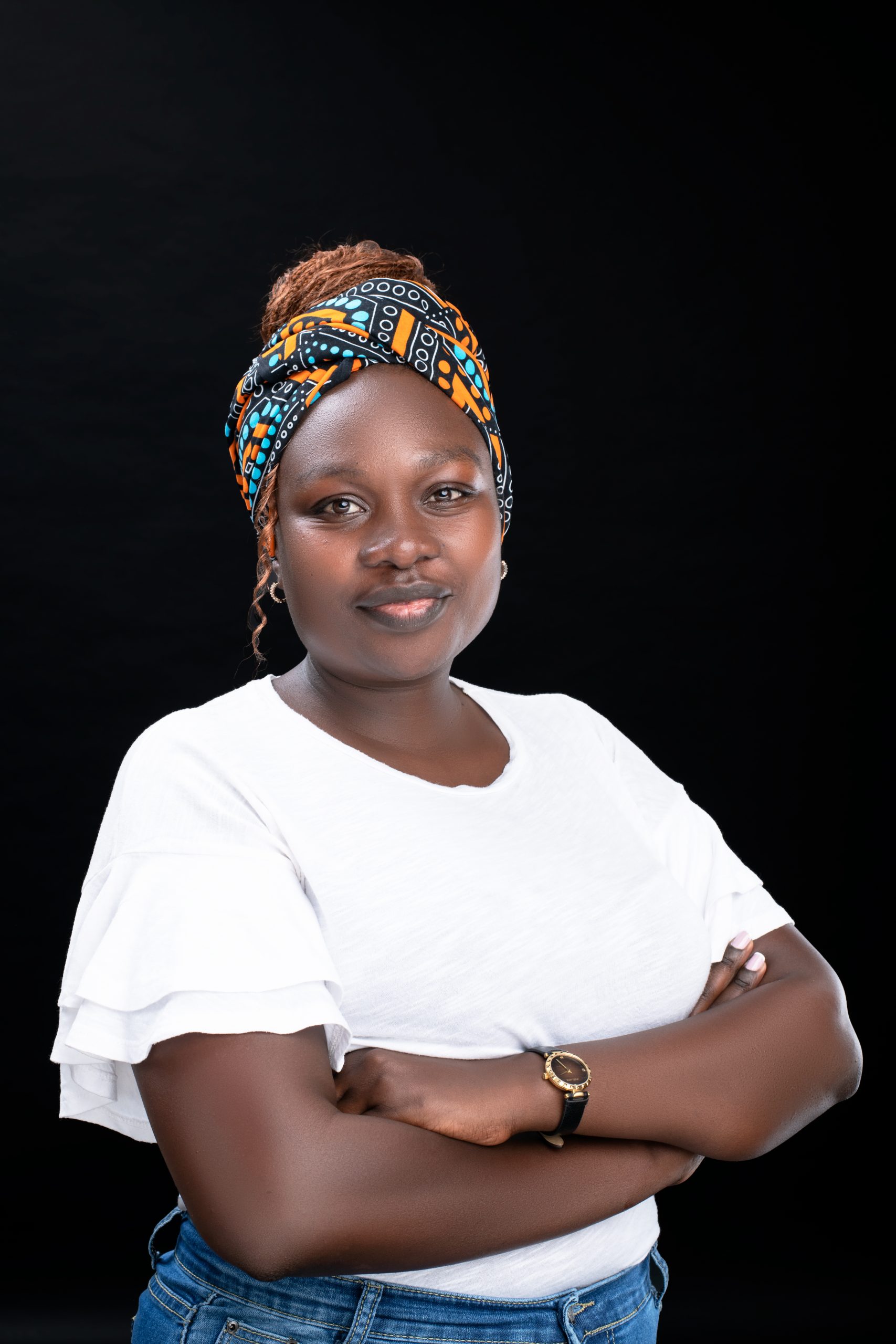
Can you tell us about a project or a campaign that you particularly enjoyed working on?
One project that remains etched in my memory is my first major photography and videography assignment documenting a mobile non-formal school transforming literacy for young girls in Marsabit. It was my first ‘proper budget’ assignment and also my first time visiting northern Kenya, a region I had only known through media stories of drought and armed conflict over pastureland.
For the three days of the assignment, I (barely) slept in a lodging room without doors in Laisamis. I wasn’t afraid of intruders or wild animals. My biggest fear was being stung by a scorpion I hadn’t even seen. This fear had been planted years earlier by my primary school geography teacher, Mr Njogu.
He once told us how, while teaching in Laisamis, he’d spend sleepless nights watching scorpions crawl along the ceiling beams and across the floor. Mr Njogu told us that if not attended to in time, a scorpion bite can be fatal, and as a child, I carried that image for years. So, when I finally travelled to Laisamis for work, I arrived expecting discomfort, convinced the town was crawling with scorpions waiting for me to fall asleep.
When I finally arrived, I was met instead by incredible community and resilience, family farms thriving outside Marsabit town, and even a wildlife park. And not a single scorpion. That experience shifted something in me. It became aware of how stories shape perception, and how powerful storytelling can be in redefining narratives about Africa and the communities we serve.
The project itself was a success. The photos and videos were used to secure additional donor funding, helping more young girls gain access to literacy and a second chance at learning. But for me, the biggest takeaway was that as communicators, we carry the power to either limit or liberate through the stories we tell.
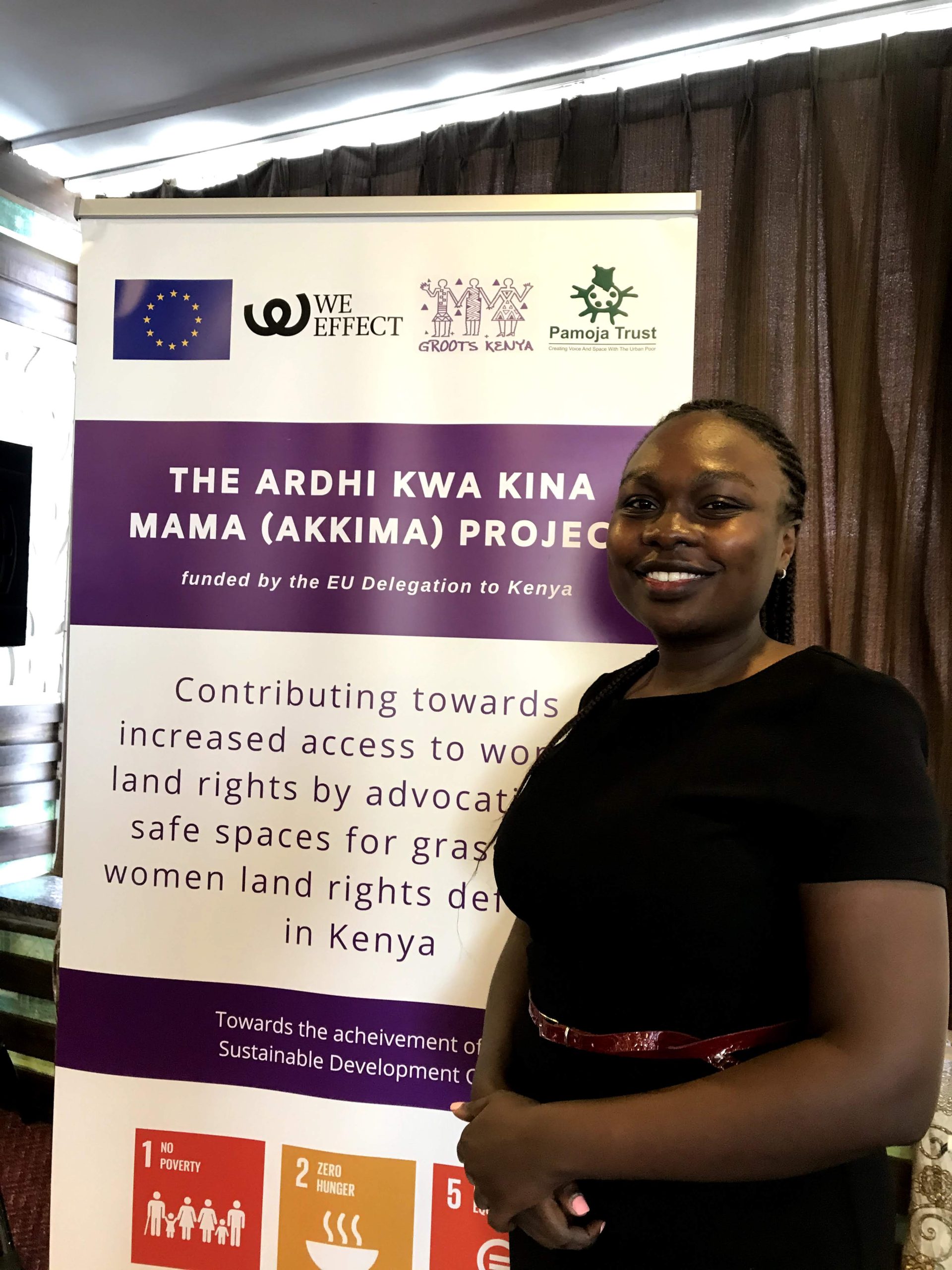
What’s the biggest challenge you’ve faced in your career journey, and how did you overcome it?
Oh, there have been many challenges. But the biggest one, by far, has been the constant need to ‘justify the role of communications’ in planning, in budgets, and in reporting.
In some organisations, communications is still seen as an afterthought, something to be called upon when the donor requests communication input for a report that’s due the next day, or when a crisis hits and a press release suddenly becomes urgent.
Even in organisations with fully fledged departments, not all executives understand the strategic value of engaging communications early from proposal development through to project delivery and reporting. In some cases, communication objectives are tucked away in the ‘support functions’ section of the strategic plan rather than integrated into the organisation’s core goals. The result? Misaligned messaging, reactive storytelling, and those awkward moments when someone asks why the conference hashtag didn’t trend at number one on X.
Then there’s what I have come to know as ‘commsplaining’; when non-comms colleagues confidently prescribe how communications should be done or what success should look like, often overlooking the expertise of comms professionals. This can leave teams burnt out, stuck in constant emergency mode, and busy producing outputs that don’t always create real impact.
I recently worked under a team lead I consider a true Comms Superstar. With their mentorship, I learned to ask better questions, set boundaries, and confidently assert the value of communications within teams. Slowly, I saw a shift as more colleagues started to involve communications early, not as an afterthought but as a strategic partner.
It’s still a work in progress, but I’ve realised that part of our job as communicators is to educate and advocate for our own craft. Sometimes, you have to stand your ground not to prove a point, but to ensure your work is valued and truly makes an impact.
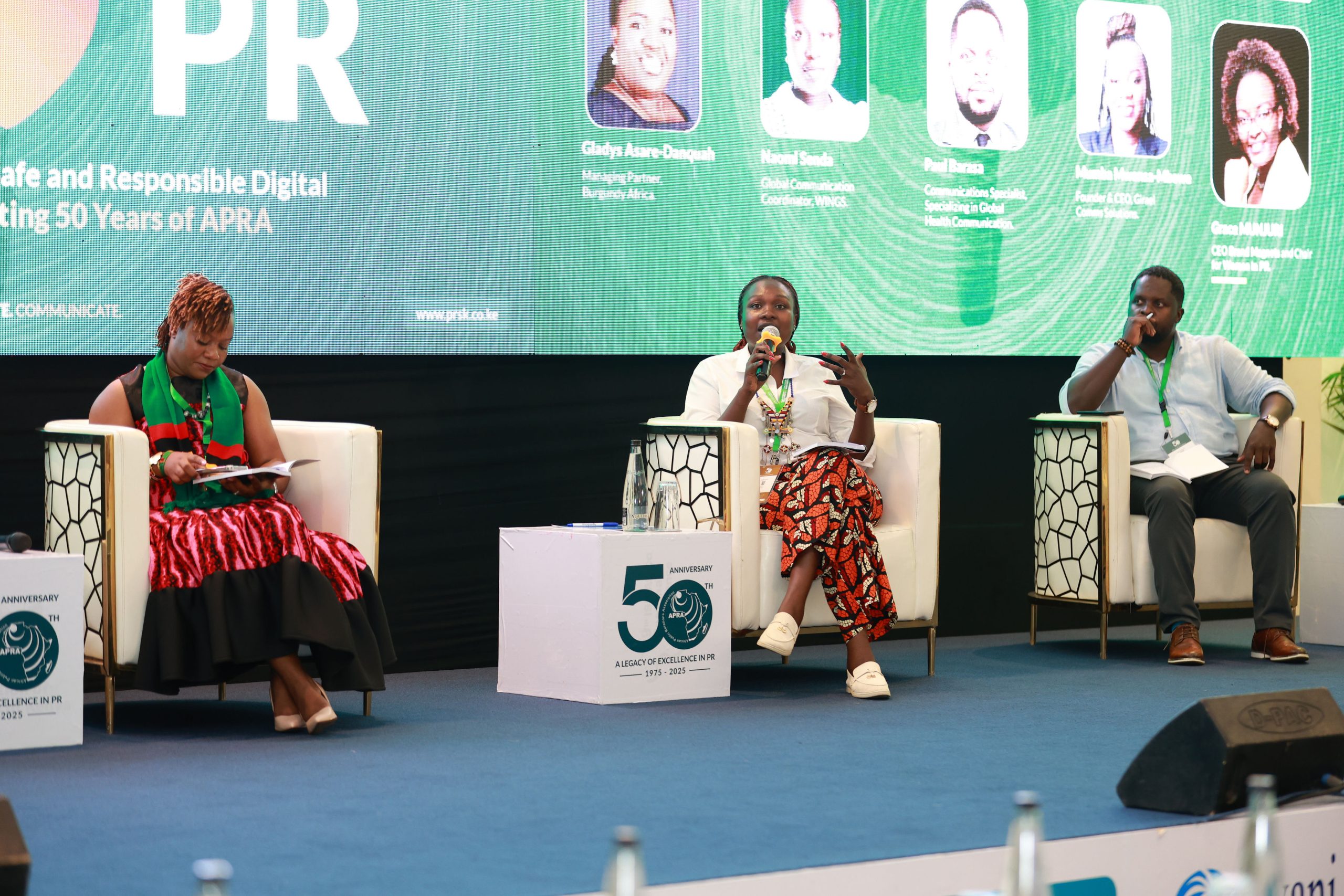
How have you stayed passionate about your career over the years?
Two things keep me passionate about my work: my innate drive to speak about issues that matter, and the tangible impact I’ve seen communication create over the years.
In my career, I’ve encountered stories both devastating and inspiring. I’ve coordinated humanitarian response communication during the 2017 drought that caused great loss of livelihoods for pastoralist communities in Kajiado, documented the courage of women leading community action against sexual violence in Mombasa, and supported vaccine awareness campaigns across the Sahel and Horn of Africa.
I’ve debated (to tears) with male community leaders who questioned why their 10-year-old daughters shouldn’t be married off, giggled with excited children in Narok as they tried their hands at photography, and listened to older women in Kathonzweni share wisdom about life and leadership. I’ve marched on the streets alongside youth demanding climate justice, engaged at global conferences, and moderated high-energy Twitter chats on protecting children’s rights, including one on why the age of sexual consent in Kenya should not be lowered from 18 to 16.
These moments of connection, courage of conviction, and community constantly remind me why I do what I do. They reflect our shared humanity, and they fuel me to keep going. Every assignment to me is an opportunity to live out the philosophy of Ubuntu, the belief that ‘I am because we are.’
We’d like to know about the mentors who have played a key role in your Communication journey. What impact did they have on you?
Much of the mentorship I’ve received hasn’t been formally structured. I’ve been guided, corrected, encouraged, and pushed out of my comfort zone by leaders, peers, and even people I’ve led. Every project I’ve worked on has taught me something new, not just about delivery and deadlines, but about improving quality, applying creativity, and stretching beyond what I thought was possible.
Many times, I’ve had responsibilities assigned to me simply because someone believed I could handle them, even when I doubted myself. From those experiences, I’ve learned leadership and the courage to experiment.
I carry lessons from many incredible mentors. From Makena Mwobobia, who taught me to never leave a meeting without saying something useful. From Dr Charles Nyambuga, who once dragged me into facilitating a training on how grassroots women can use social media for voter engagement and, in doing so, introduced me to comms capacity building.
From Olive Thiong’o, who told me, “Naomi, you got this internship because you’re a good writer, but that alone won’t take you to the next level,” a comment that expanded how I saw my own potential. From Zubair Sayed, who would always ask “Why?” whenever I pitched or took up an assignment, teaching me to focus on work that truly adds value and to plan intentionally (unless, of course, it’s a crisis). And from Kevin Majoni, whose blend of courage and diplomacy has taught me that true strength lies in listening first, then leading with calm conviction.
Each of them, and many others not mentioned, has left an imprint on how I think, lead, and communicate. I’m deeply grateful for their influence and I remain open to learning new things about myself, my craft, and how best I can continue showing up in this dynamic field of communication and policy strategy.

